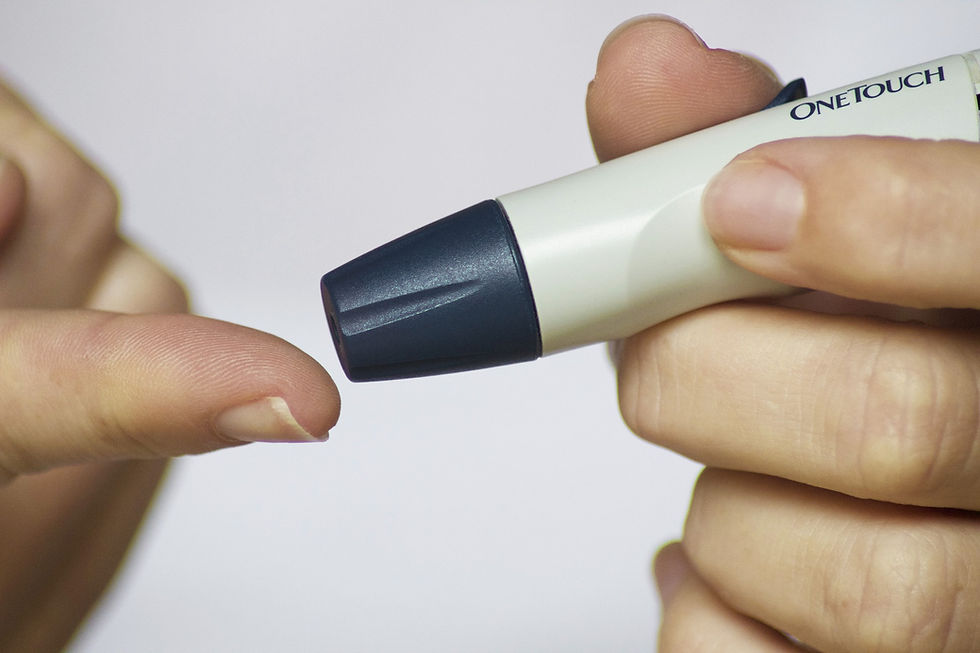No overall cost–benefit after RYGB versus SG among T2DM patients
- owenhaskins
- Feb 15, 2024
- 3 min read
Patients with type 2 diabetes (T2DM) at baseline undergoing RYGB appear to experience a reduced need for ambulatory T2DM monitoring and reduced requirements for anti-diabetes medication but, despite this, they did not experience an overall medical cost–benefit in the first few years after RYGB versus sleeve gastrectomy (SG), according to US researchers.

Previous clinical trials have suggested that SG and RYGB have a similar impact on type 2 diabetes, but observational research in large data sets has found that RYGB is associated with higher rates of type 2 diabetes remission than SG. However, it is not known whether either procedure has an overall and diabetes-specific healthcare costs benefit among this group of patients.
For their retrospective cohort study, the researchers examined patients with type 2 diabetes after SG and RYGB using data from an insurance claims database. The matched study group included 9,608 patients who underwent SG or RYGB (n=4804 in both groups) and were enrolled between 2007 and 2019. The primary outcomes assessed were overall and diabetes-specific health care costs up to four years after their index procedure. They hypothesised that overall and diabetes-specific healthcare costs would decrease more among T2DM patients undergoing RYGB vs costs for patients undergoing SG.
Outcomes
Unsurprisingly, they found that immediately after surgery there was a decline in T2DM-specific healthcare costs (eg. pharmacy, ambulatory, and acute care) for both procedures. Total health care costs were lower for SG vs. RYGB in the first three follow-up periods, with an absolute difference and relative difference of −$1549 and −11% in the first period (months 1–6), −$1660 and − 15% respectively, in the second period (months 7–12), and a relative difference of −13% in the third period (months 13–18) after surgery (not statistically significant in the remaining postoperative periods).
In the first year after surgery, T2DM-specific costs were approximately 75% lower than the presurgical period, and overall pharmacy costs were 50% lower. Pharmacy costs then trended back up over postoperative follow-up, with total pharmacy costs for SG patients approaching the pre-surgery by postoperative year four.
Overall, pharmacy costs were also higher for SG during most of the follow-up period, with absolute and relative differences ranging from SG patients having $294 and 13% higher costs in the first six months after surgery and up to $819 and 37%, respectively, higher in the eighth period (43–48 months) after surgery. Similar results were found for insulin and non-insulin type 2 diabetes medication costs.
Type 2 diabetes office visit costs were slightly higher for SG versus RYGB for most of the follow-up period, with absolute and relative differences ranging from $9 and 9% in the second period (months 7–12) to $29 and 47% respectively, in the eighth period (43–48 months) after surgery. Overall office visit costs were generally similar for the two procedures but were lower for SG versus RYGB in the first 6-month period after surgery and higher during the last 6-month period after surgery.
Changes in costs of acute care visits for T2DM did not differ between procedure types, except during period 5 (months 25–30) after surgery, with an absolute difference of $363 higher for SG versus RYGB patients. Conversely, total acute care costs favoured SG with a relative difference of −33% [in the second period after surgery.
A subset of patients with any use of insulin or T2DM medications in the six months before surgery, rematched cohorts included 3308 RYGB and 3308 SG patients. From these patients, total pre-to-post-surgery declines in T2DM-related costs were greater because this subset was starting at a higher baseline. However, overall results were similar to the main cohort, with no benefit for total cost impact for RYGB versus SG.
“Although RYGB was superior for decreasing type 2 diabetes-related pharmacy costs after surgery, as expected, there were few differences between procedures for total overall and type 2 diabetes-related health care costs, and those differences that did emerge generally favoured SG,” the authors concluded. “These findings do support the triage of patients with type 2 diabetes to RYGB if the primary goal is remission and the consequent reduction in medication use; however, they do not support total medical cost reductions after RYGB among patients with type 2 diabetes compared with SG, at least in the first four years after surgery. There are also tradeoffs associated with RYGB, such as an increased risk for complications and reoperations.”
The authors called for additional studies with longer-term follow-up, as well as studies that examine the potential added impact of supplementing surgery with anti-obesity medication treatment.
The findings were featured in the paper, ‘Comparison of health care costs following sleeve gastrectomy versus Roux-en-Y gastric bypass among patients with type 2 diabetes’, published in Obesity. To access this paper, please click here





Comments